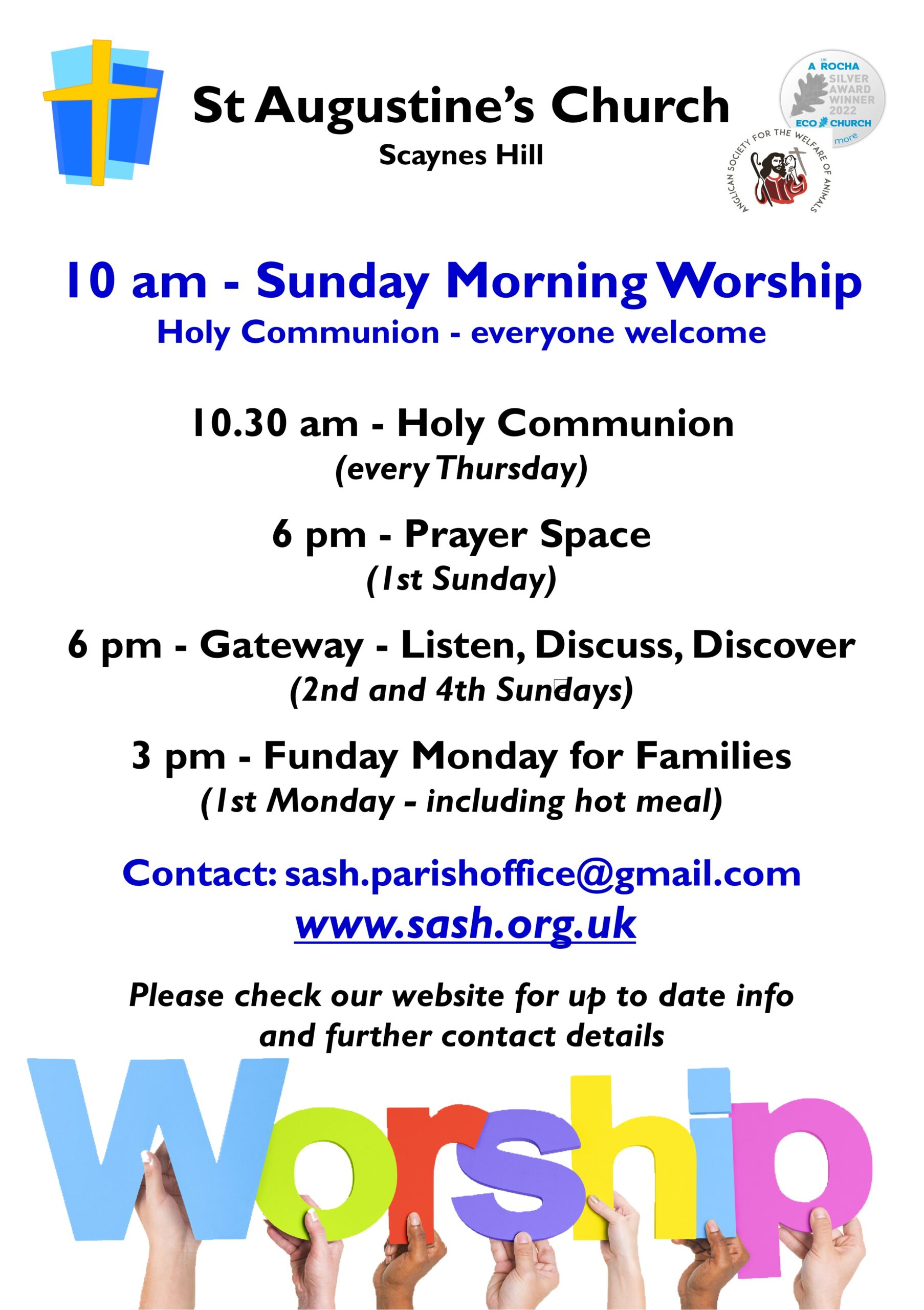Information for Visitors

10am Sunday Worship
A warm welcome awaits you to make sure you feel ‘at home’ and have everything you need. Here are some notes which you may find helpful:
- We see ourselves as Christians from a variety of church backgrounds who have chosen to gather in the village’s parish church to worship together, support each other and grow in faith.
- We use a variety of traditional printed booklets in contemporary language to guide us through the service.
- We celebrate Holy Communion every week.
- We follow the Church of England’s pattern of readings to hear both the Old and New Testament plus the Gospel.
- There is a sermon every week.
- We enjoy uplifting hymns and songs.
- Members of the congregation offer prayers of intercession.
- The weekly pew news sheet contains additional prayers and useful information about the life of the church.
- There is filter coffee after church often with home-made cake.
- The service is live streamed for those who cannot attend in person. But people who do come on a Sunday sometimes look back at the recording during the week to hear the sermon or the prayers again.
If you would like to delve more deeply into what we do and why then read the article called ‘God’s Hospitality’.
Other weekly services
Service times and other events are available in our church calendar and in the graphic at the head of this page. Gateway is an informal time for discussion and sharing of questions and ideas around a theme in a supportive environment to encourage us as we seek to discover more about life and faith. The title Gateway is inspired by Jesus who is the gate for the sheep and the way, the truth and the life.


